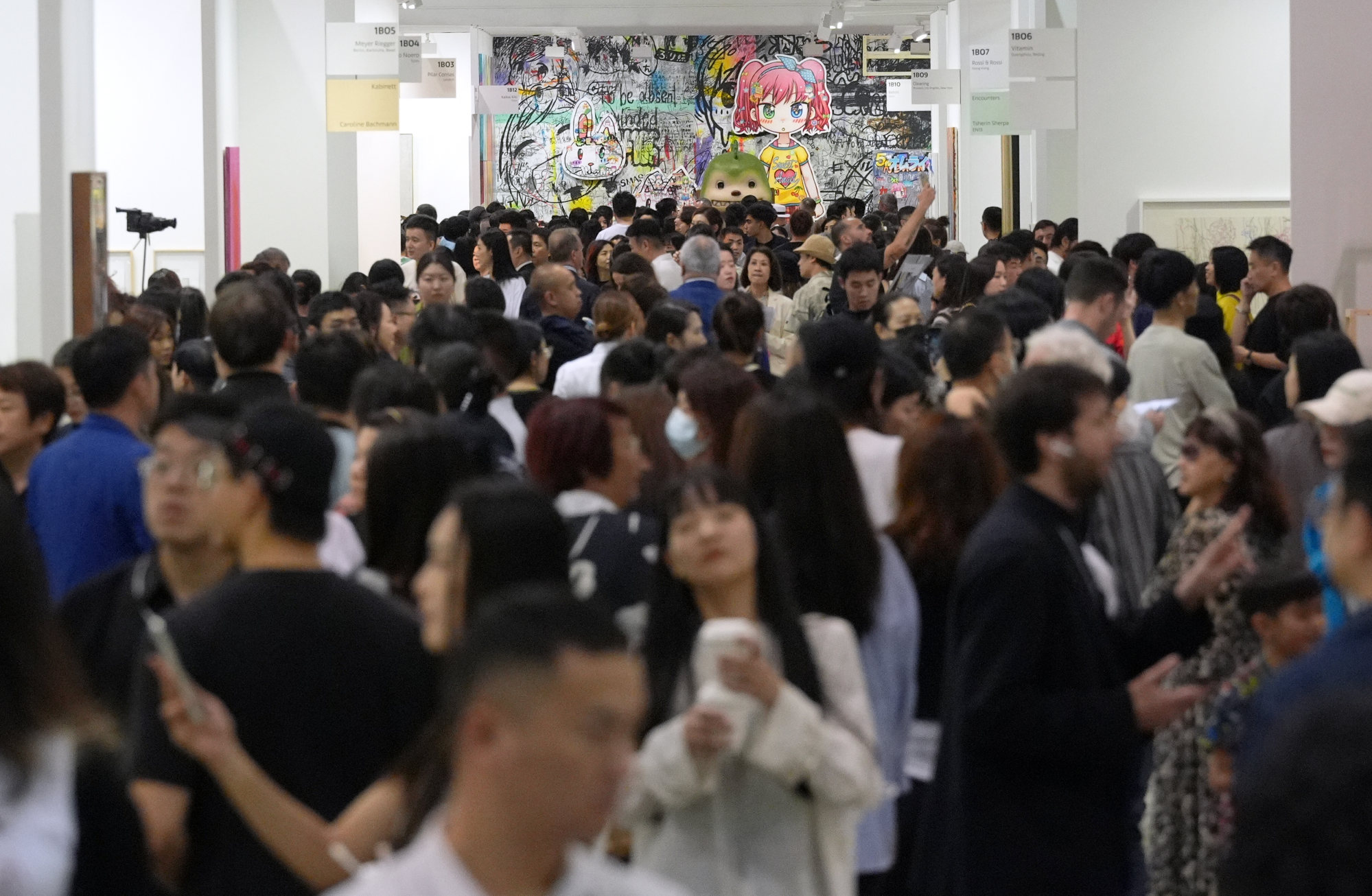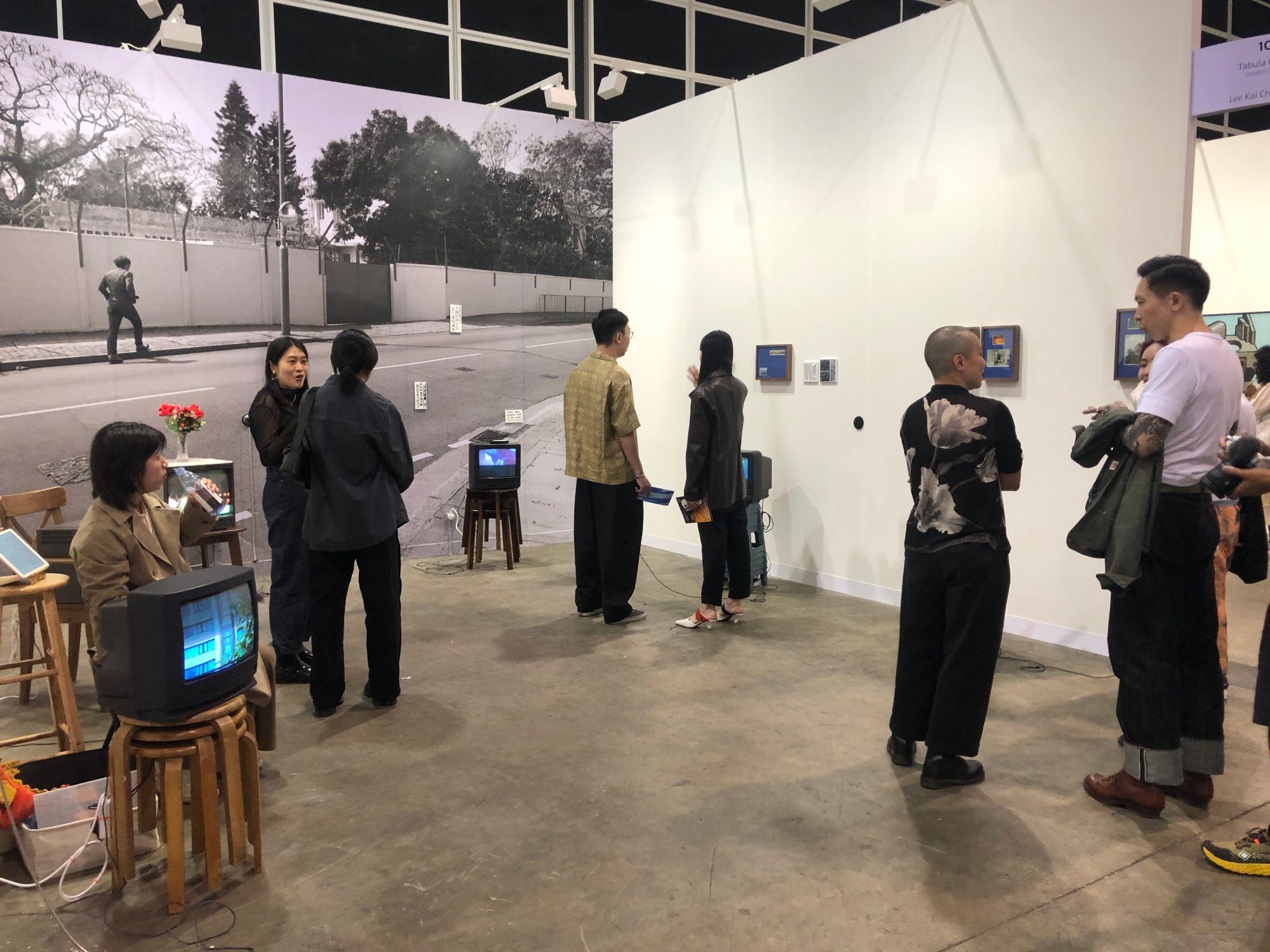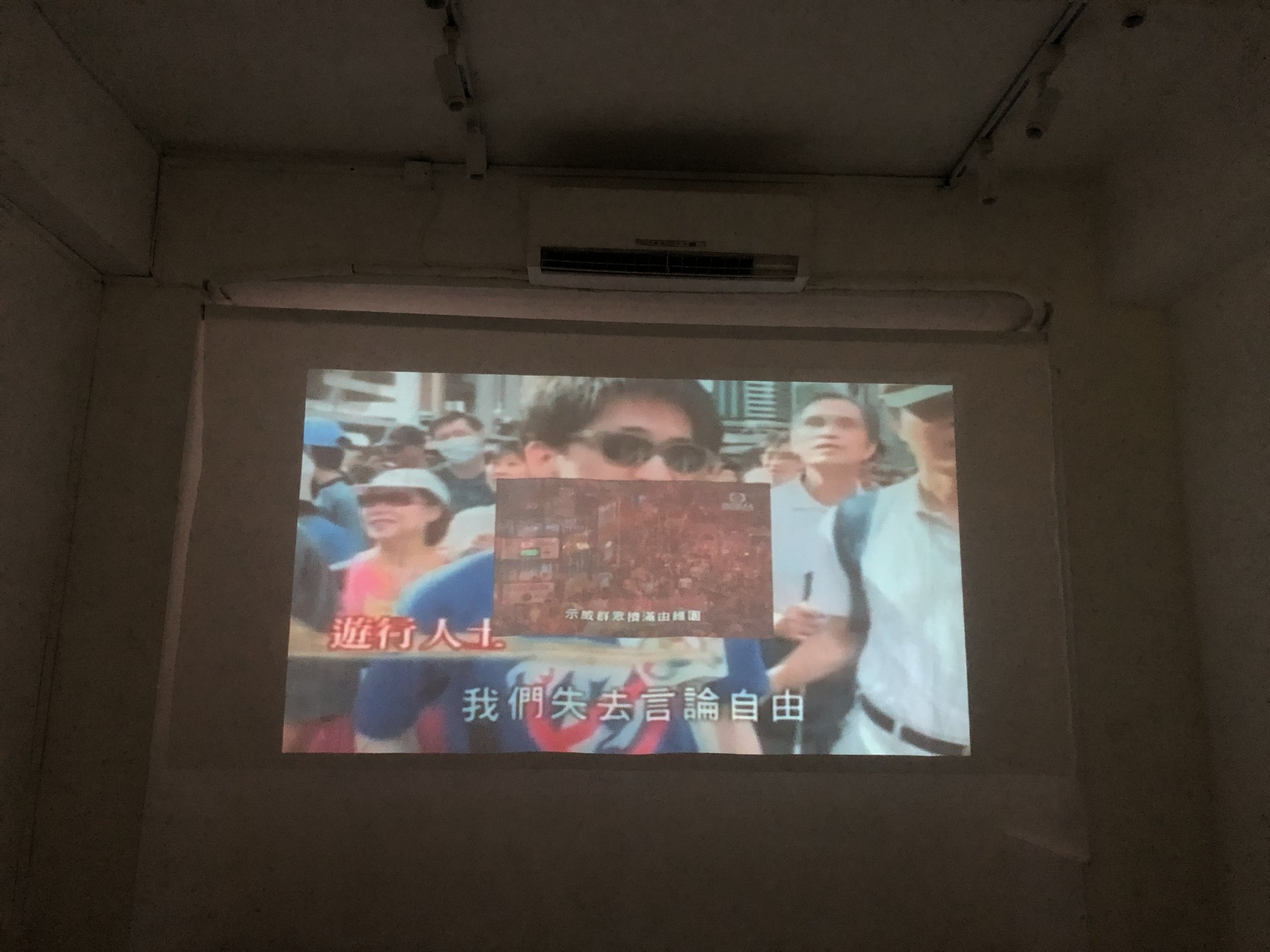
My verdict on Hong Kong Art Week: security laws much discussed. So is tacky public art
- Visitors from mainland China called out Hong Kong for trying to look like any other Chinese city, and for pandering to selfie-takers. They have every right to
- As for art fairs, buyers appear to have been cautious, as were some artists when it came to new security laws, but these didn’t stop vibrant art being shown
There were certainly different opinions among visitors who came for Art Week, the annual round of Hong Kong fairs and openings just before Easter.
Some claimed they had witnessed the city’s resurrection, others left with a more sombre impression.
Here is my take on the main conversation topics.
1 Was Art Basel Hong Kong a flop or a hit?
Those reports included multimillion-dollar deals (for example, a Willem de Kooning sold for US$9 million at Hauser & Wirth’s booth and three Yayoi Kusamas at Victoria Miro for a combined US$11 million) but most were below the US$100,000 mark.

As always, conclusions are based on limited data and lack of independent confirmation.
2 The impact of domestic and national security laws
“Certainly it is a hot topic of discussion,” Aaron Cezar, the director of London’s Delfina Foundation, a non-profit dedicated to facilitating artistic exchange, told me. He had yet to notice any change, he said.

Articles claiming that nobody dared show anything “political” during Art Week were somewhat exaggerated. Just look at Lee Kai-chung’s Tree of Malevolence (2024), a speculative tale set during the Cold War years in Hong Kong, at Tabula Rasa Gallery’s Art Basel booth, or Fast Forward, a one-hour potted history of the city from a decade or so before the handover to 2019, at Parallel Space, in Sham Shui Po.
The lack of clear “red lines” left some visitors confused. One overseas exhibitor in an art fair was detained and questioned by immigration on arrival.

It had nothing to do with the art that the gallery was showing but, since the person had never encountered any problems entering Hong Kong before, she naturally wondered if Hong Kong had become less open to the world since the new laws were introduced.
One European artist decided to withdraw his China-related works from Art Basel “out of respect for the new laws” (even though the works were not at all critical).
3 More public art is not better

I agree with two critics I encountered last week. The first, a taxi driver who spent much of the journey ranting about the quality of public art in the city. Last week, he had passengers from Beijing and Shanghai complaining about the “mainlandisation of aesthetics” around Hong Kong.
“They meant the tacky cartoon figures that are popping up everywhere!” he exclaimed.
Separately, Lisa Movius, an arts journalist visiting from Shanghai, questioned the “quality control” for the city’s public art commissions.

“Just pandering to selfie-takers may hit KPIs but makes a city seem culturally unsophisticated. Also, the schlock often edges out quality art in funding and in our attention economy,” she told me.
Music to my ears!
4 Art Week vs Art Month
There is plenty of art to see all year round in Hong Kong. But the congregation of really interesting people and the sheer amount of art in the fairs is what makes Art Week special.

